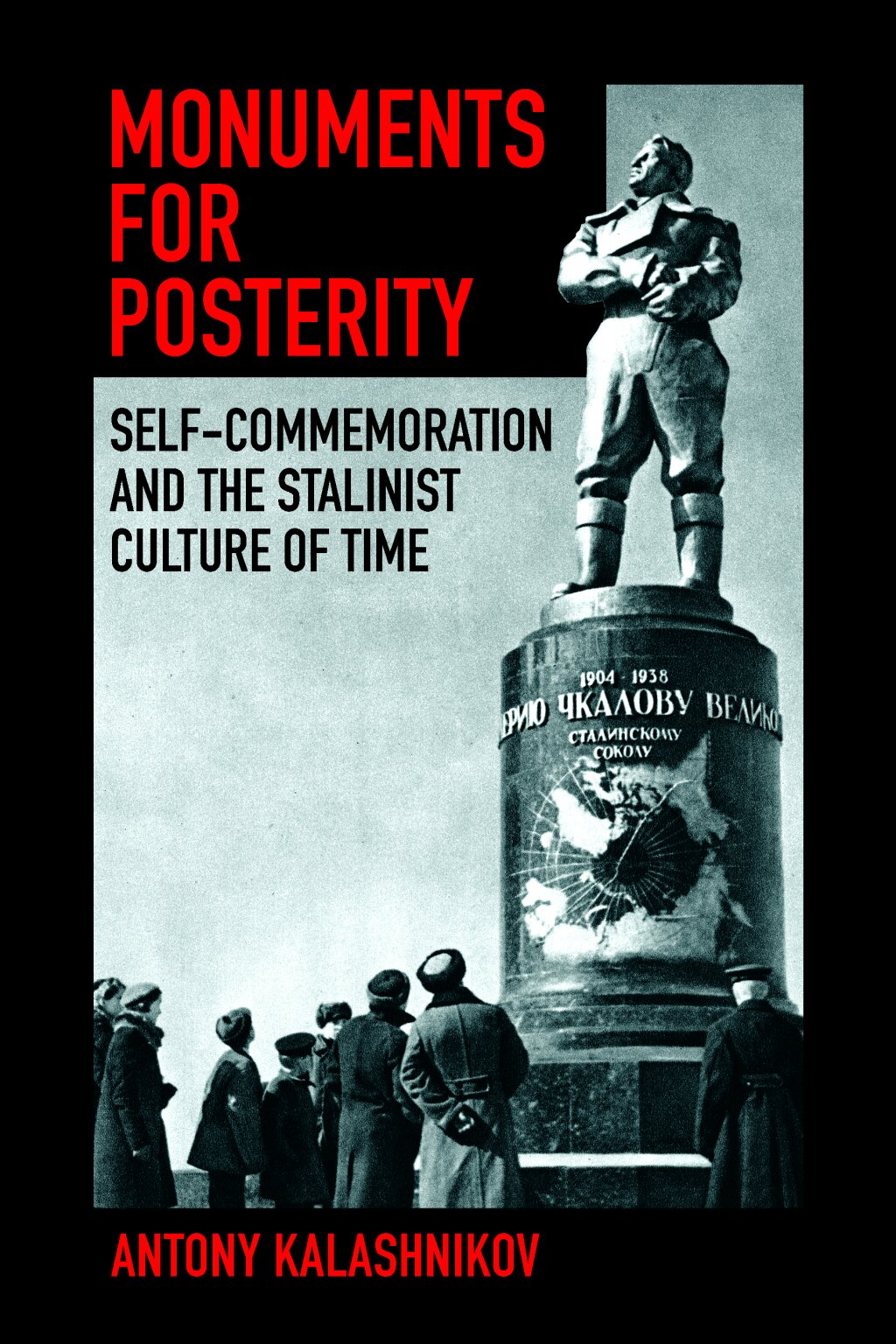The Jordan Center stands with all the people of Ukraine, Russia, and the rest of the world who oppose the Russian invasion of Ukraine. See our statement here.
Above: German POWs in Kyiv
Susan Grunewald is an Assistant Professor of History at Louisiana State University. She was an inaugural Cohen-Tucker Dissertation Research Fellow from the Association of Slavic, East European, & Eurasian Studies (ASEEES). Her research has also been supported by the Central European History Society, Carnegie Mellon University, and the University of Pittsburgh University Center for International Studies (UCIS).
My research has concerned the fate of German prisoners of war (POWs) in the Soviet Union from 1941 to 1956. Generally, it is driven by the question of why the Soviet government held on to their German captives for up to 11 years after the end of the Second World War. Ultimately, I argue that it was due to the immense economic and human costs of the war for the Soviet Union. Soviet officials chose to detain any able-bodied prisoners for as long as possible to participate in post-war reconstruction, which makes sense for a nation that lost one quarter of its total physical assets and roughly 27 million citizens.
I have previously written for the Jordan Center about how instrumental digital historical methods have been for the advancement of my research. Digital methods have allowed me to map the locations of the roughly 4,000 forced labor camps that housed German POWs across the geographic boundaries of the Soviet Union. These maps helped support my argument that postwar POW incarceration hinged on the Soviet Union's economic needs. There was a correlation between camp locations and sites of reconstruction or key resource and industrial centers. Big data digital methods not only improve our understanding of statistics and economics, but also help illuminate the human side of the POW experience.
One curious aspect of my mapping research was a common piece of feedback from Germans. Due to the large number of Germans incarcerated in the Soviet Union, roughly 3 million around the time of capitulation, many German families had firsthand experience with the Soviet forced labor camp system. People of German descent frequently told me of relatives—grandfathers, great-uncles, etc.—who had been captured by Soviet forces and spent time in Siberia. My mapping research, meanwhile, showed that only 13 percent of all POW camps in the USSR were located in Siberia. Based on very rough figures for camp populations, it seems that the few Siberian camps also did not house the majority of the POW population. In theory, then, Siberian camps in particular should not define the majority POW experience. Why, then, did so many Germans tell me that their relatives had been in Siberia, specifically? Why was Siberian captivity the dominant trope among my respondents?
As I had done with my mapping work, I again turned to digital methods. This time, I took a corpus of roughly 35 memoirs or memoir-like texts in both English and German published over a long chronological range in different countries to see if a particular type of memoir (e.g., West versus East German) had an impact upon this cultural trope. Did returnees who published memoirs affect the dominant German collective memory of Siberian captivity? Digitizing and machine-reading these works allowed me to set up automatic notifications should any of my chosen texts mention Siberian locations. I could then manually check these references to see if they were casual or, conversely, dealt with experiences of Siberian incarceration.
My findings, which are detailed in a recent article for German History, show that, in fact, memoir literature does not overwhelmingly support the trope of Siberian captivity. Only a handful of the memoirists actually spent time in Siberia, though a number of memoirs refer to it in passing. Using digital methods allowed me to trace the origins of this trope in the memoirs themselves.
Many of the men noted that two main sources influenced their belief that they would be sent to Siberia upon capture. The first was Nazi wartime propaganda. Nazi officials indoctrinated both soldiers and civilians to think that anything short of victory would result in a trip to Siberia courtesy of the Bolshevik enemy. A major German wartime propaganda slogan read simply: “Victory or Siberia.” Additionally, soldiers and civilians alike had read memoirs and novels about German POW captivity in Russia during the First World War, in which camps were predominantly located in Siberia. A handful of memoirists mentioned the same few novels about POW captivity in Russia, which were widely popular in interwar and early Nazi Germany. The memoirists frequently stated that they had read these works about the First World War and had assumed that they would go to Siberia upon capture, but were shocked to wind up somewhere else instead. The trope of Siberian captivity was later used in West German anti-communist political discourse, film, and television to cement the popular notion that German POW captivity was synonymous with Siberia, with its connotations of suffering and cruelty.
As my research has shown, the theme of Siberian captivity did not end with the Cold War. Indeed, it lives on in contemporary German media, be it as a passing reference in the news magazine Der Spiegel or as a central plot point in post-Wall cinema like the popular film The Miracle of Bern. Without the digital methods I used in my mapping research and memoir analysis, I would neither have noticed this trope in the first place nor discovered the reasons for its creation and enduring popularity. Digital historical research should never supplant traditional sources or methods, but it can enhance the questions we ask of, and answer about, the past—whether our interest lies in the economic and political rationales of government officials or in lived human experience and memory.



